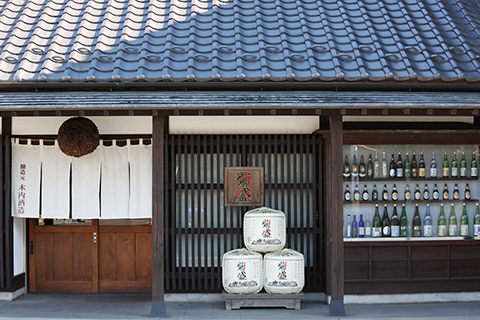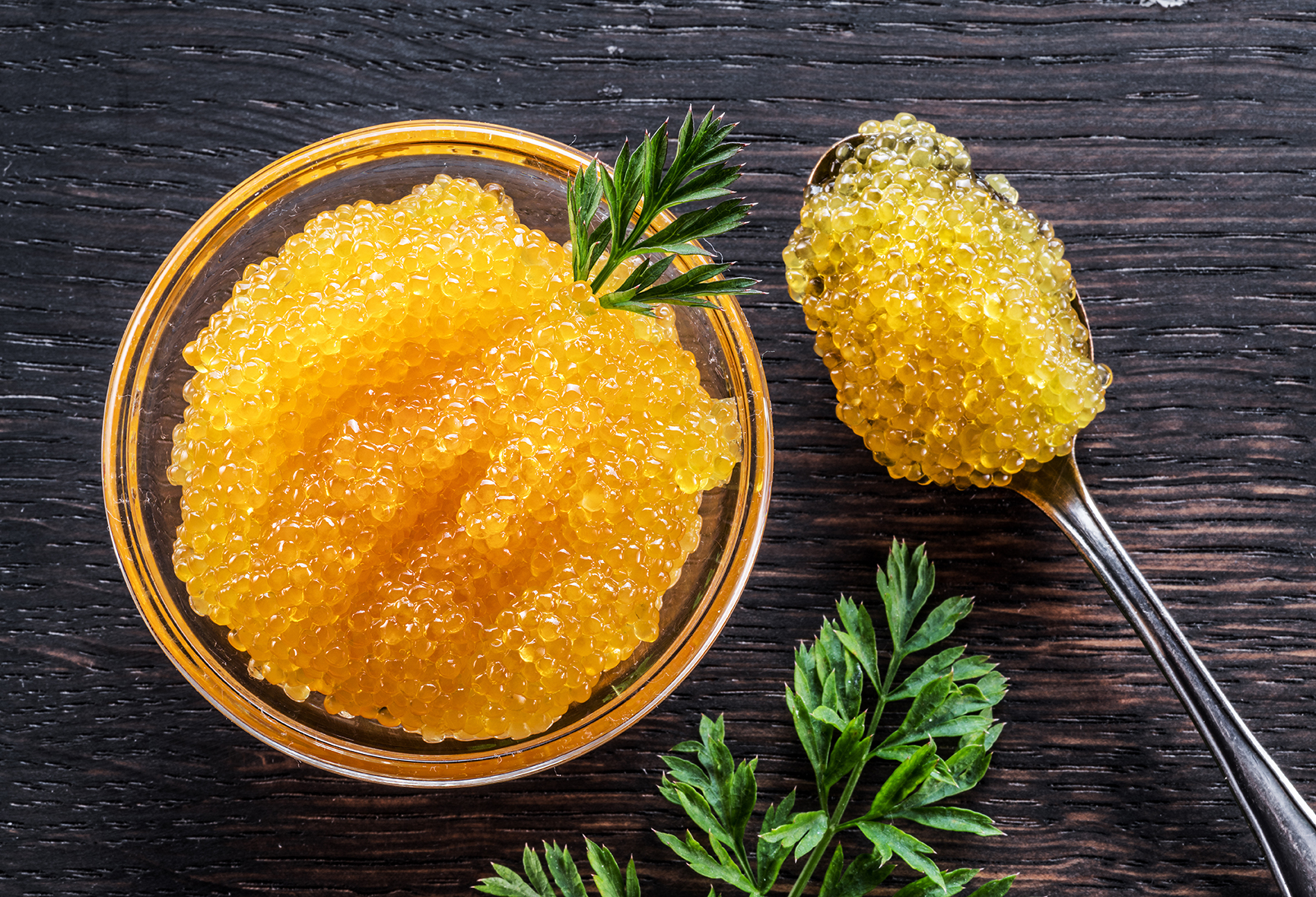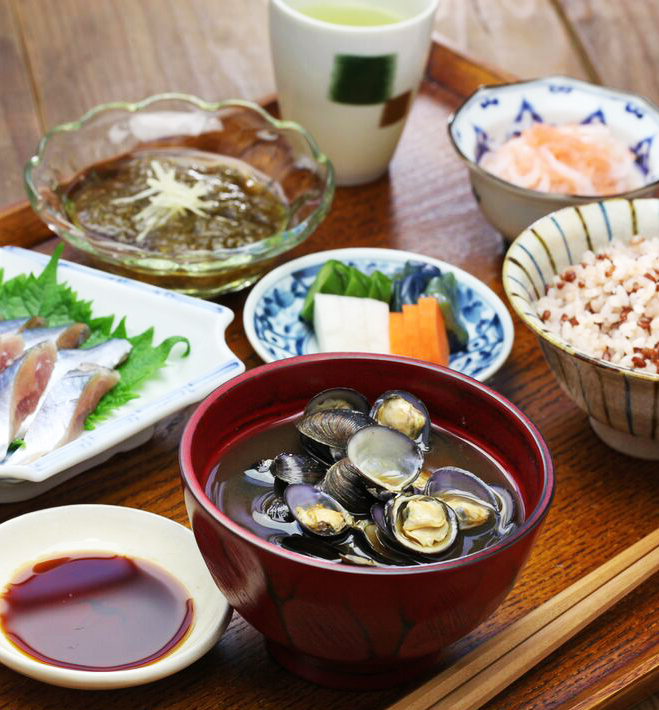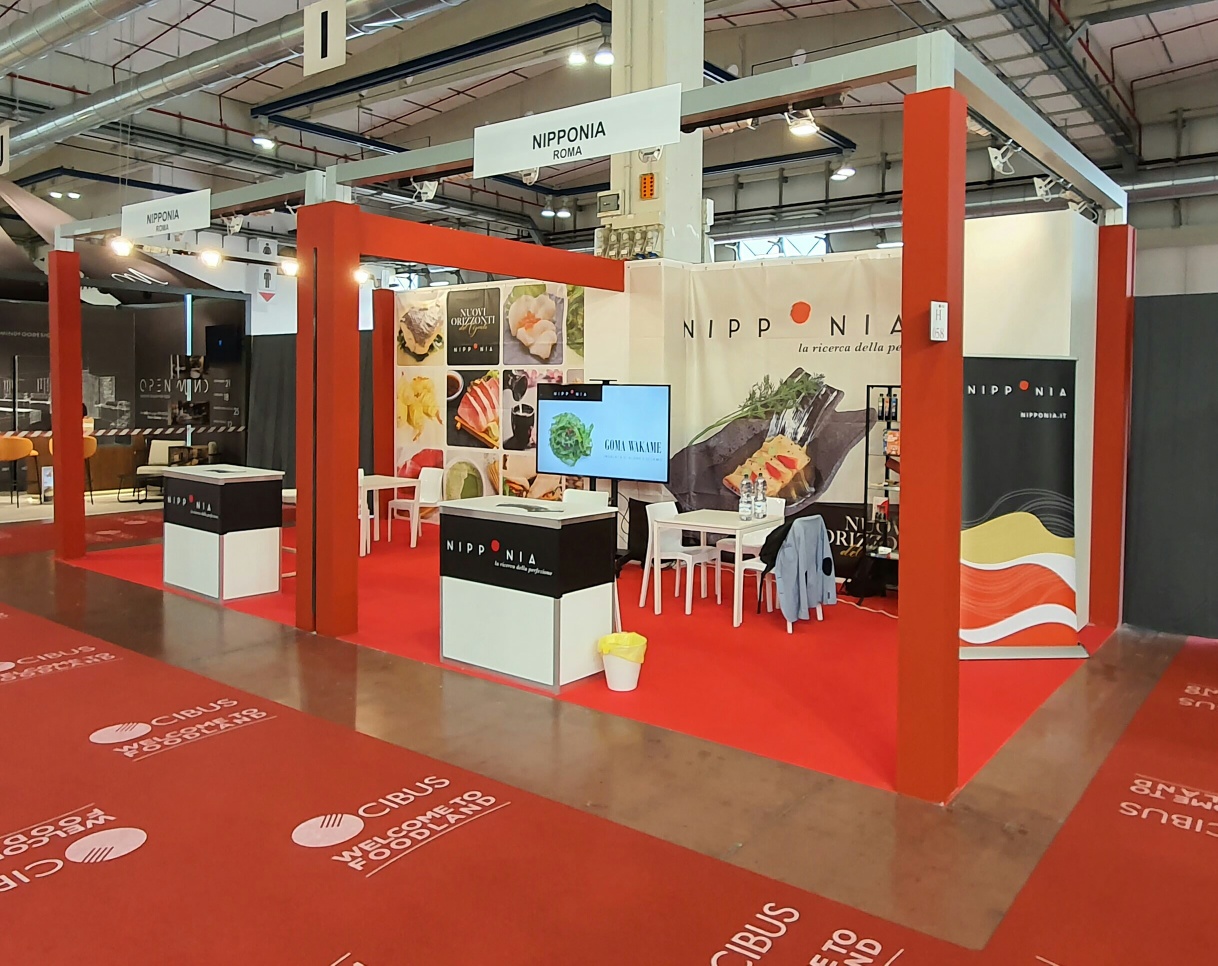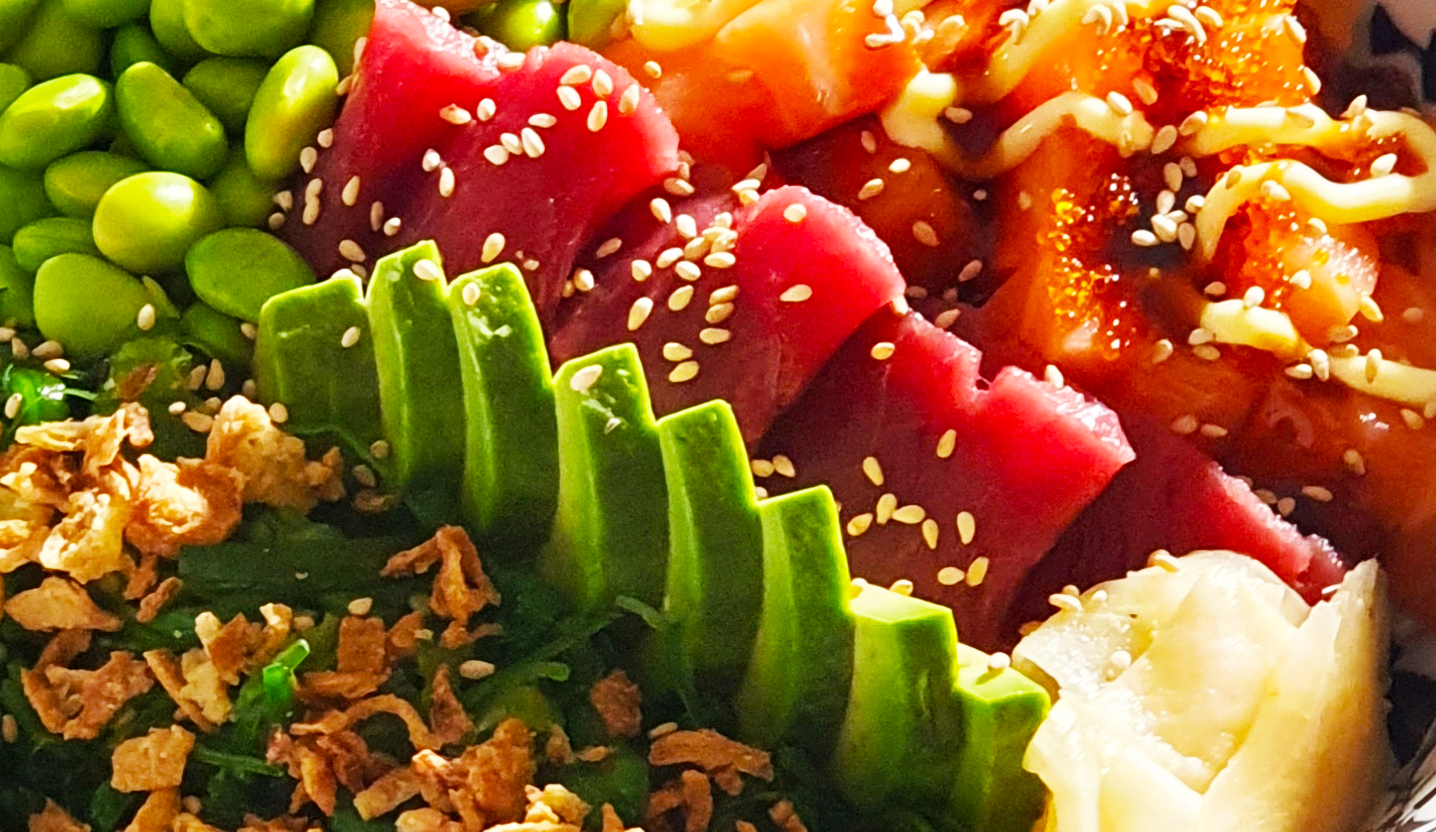Learn basic terms about Japanese sake
Dai Shu Ginjo
Highest quality sake made with either Junmai or Honjozo. Rice is polished more than 50%.
Genshu
Sake that has not been diluted with water to lower the alcohol level. It has a higher alcohol content than regular sake.
Ginjo Shu
High-quality sake made with Junmai Honjozo. Rice is polished at least 40%.
Honjozo
A type of sake made by adding distilled alcohol on Junmai Shu sake to add flavor.
Junmai Daiginjo
Highest quality sake made from pure rice and more than 50% shiny rice.
Junmai Shu
Sake made from pure rice. It is generally a dry or slightly floral sake. Rice polishing between 30 and 40 percent
Koji
It is a filamentous fungus used to initiate the fermentation of boiled rice for sake brewing. Vital ingredient for making quality sake.
Koji-Kin
Dry culture of koji mold spores. Indispensable if you want to make sake. This product converts rice starch into sugar. Koji-Kin is essential for breaking down starches into sugars that can be fermented into alcohol.
Masu
A square wooden cup used for drinking sake. Usually used on special occasions.
Nama Sake
(Zake)
Type of sake unpasteurized. It has a fresher and livelier taste.
Nigori
Unfiltered Sake Sake also known to be cloudy or milky. The color is white due to rice sediment.
Nihonshudo
See Sakimetric Value.
Ochoko
Small ceramic tumbler used for drinking sake. It is similar to a cup.
Saka Mai
Special Japanese rice species for Sake production. This variety of rice has a larger grain size and contains less protein than cooking rice.
Sakimetric value
To determine whether sake tastes dry or sweet, Sakimetric Value (SMV), or in Japanese the Nihonshu-do, is used to measure various parameters. SMV measures the density of sake versus water. The higher the positive number, the drier the sake becomes; the lower the negative number, the sweeter the sake becomes.
Seimaibuai
This refers percentage of polishing or milling of rice grains. The percentage indicates the amount of the rice grain that remains after polishing. Seimaibual 40% indicates that 60% of the surface is smoothed away.
Shochu
(Soju)
An alcoholic Japanese spirit made from sweet potatoes, barley, buckwheat, rice and a variety of other raw materials. It is similar to vodka, and has a higher alcohol content.
Toji
The Japanese term for master brewer.
Tokkuri
Ceramic tabletop bottle used for pouring sake.
Yamadanishiki
This is the rice recognized to be the best for sake production. He is often called the king of rice. It has the characteristic of having well-balanced mineral and organoleptic characteristics that make it the most suitable for fermentation and production of high-quality sake.
Many sake distilleries use Yamadanishiki for Ginjo-type sake. Some critics say that it is necessary to use this variety of rice to win the competition.
